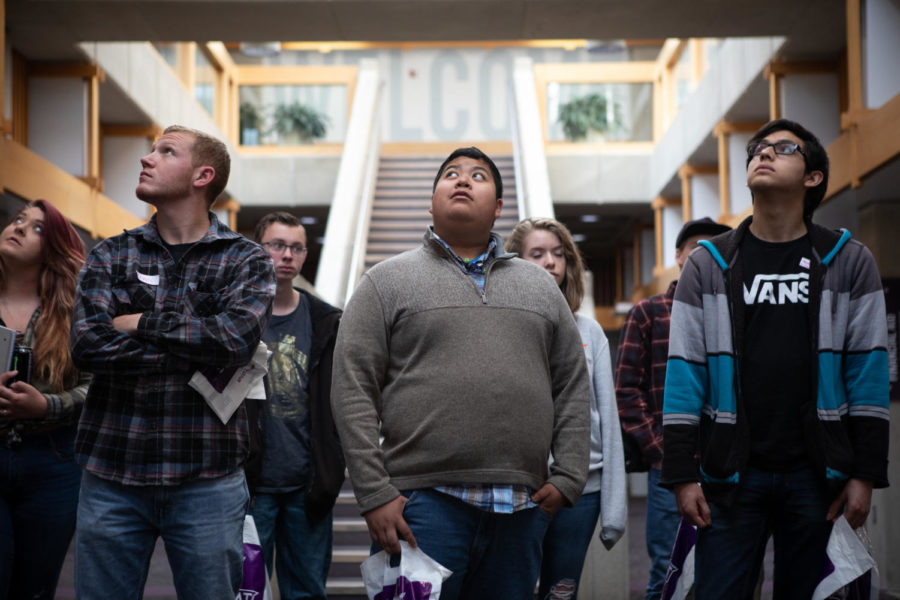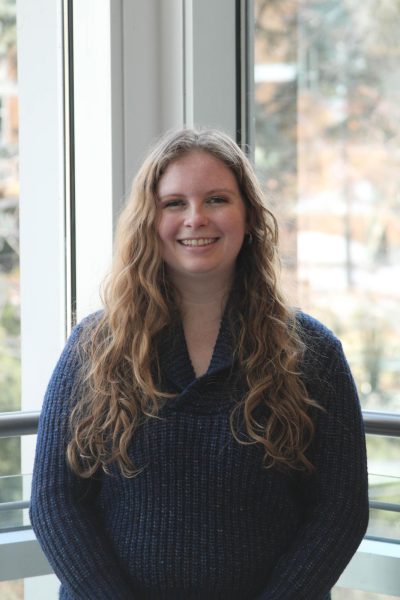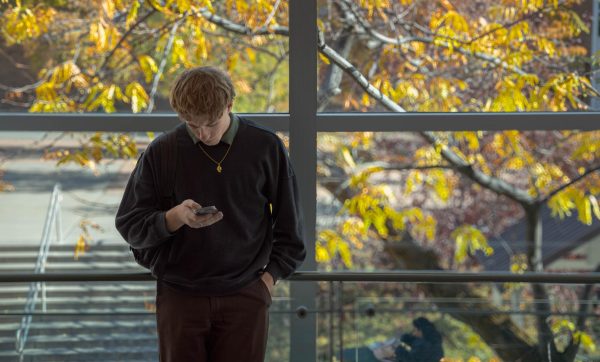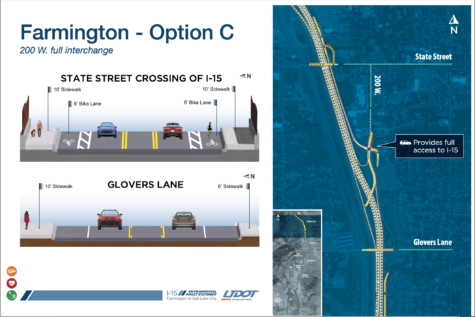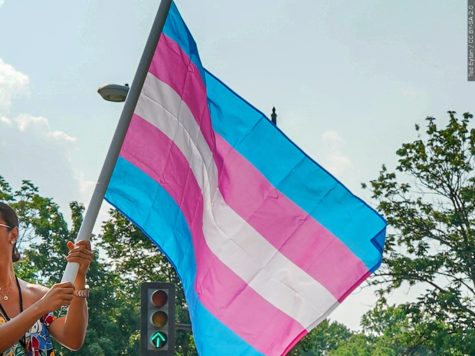Retaining and maintaining Weber’s student body
Weber State University’s student retention rates have grown as administration continues their efforts to help students stay at WSU, especially those in risk-categories.
WSU’s retention rates for first-time, degree-seeking students have continued to increase over the past five years, even through the setbacks caused by the COVID-19 pandemic that has been ongoing since early 2020.
WSU administration, including Jessica Oyler, Associate Provost for Enrollment Management and Student Success, and Eric Amsel, Associate Provost for Academic Programs and Assessment, have worked to focus on those marginalized groups who are most susceptible to dropping out.
These groups include first-time, full-time Bachelor’s Degree seeking students, first generation students, students placed in developmental math and English courses and non-resident students.
In WSU’s efforts to desegregate the data on student retention, it was found that students with lower ACT/SAT scores or had lower high school GPAs were the most at risk of not returning for another semester or another school year.
“One of the things I think we’ve done is to really help developmental students, developmental English, developmental math, because they can get stuck in the developmental sequence,” Amsel said. “They’re not earning college credit. They’re paying a lot of money. Trying to get them out of developmental as quickly as possible has been a goal. And we’ve been creating what are called co-requisite classes. So they combined the developmental course with the college credit bearing course.”
WSU has worked to ensure these students and other enrolled individuals are not left behind. There are programs, courses and resources in place for every WSU student in order to promote success and retention.
“There are a lot of initiatives, including faculty outreach, building corequisite courses, embedding student learning assistants in some courses, creating learning communities, requiring orientation, Ask Waldo nudge texts, targeted outreach for financial aid, building advising capacity,” Amsel said.
These initiatives have increased first-year retention at WSU. In 2012, the Dream Weber program was implemented, which raised retention from 47.7% to 53.7% in just two years. In 2014, the Take Math in First Year policy was removed, followed by the Student Success Steering Committee and Wildcat Scholars Programs in 2016. The Strategic Enrollment Management Plan, the hiring of eight retention advisors and Early Alert being implemented in 2017 raised retention to 55.1% in 2018.
In 2018, the Four-Year Scholarship Model and Starfish Progress Surveys were implemented, followed by Key Performance Indicators being launched. Faculty members were asked how they contribute to student success beginning in 2019, which helped WSU to reach its goal of 60% first-year retention in 2021, five years before the original goal of 2026.
Both WSU’s Fall-Spring and Fall-Fall retention rates have risen through this process. In fall 2017, the Fall-Spring retention rate was 74.6% while in the fall of 2021, that rate was 79.1%. In Fall 2017, the Fall-Fall retention rate was 54.2%, while in Fall 2021, that rate was up to 60%.
First-year student retention has improved through the availability of four-year scholarships, which allow students to worry less about their finances and focus more on their education. This has prevented many students from dropping out due to unforeseen financial circumstances or the loss of a scholarship.
“We implemented a four-year scholarship model so students, instead of not being guaranteed each year, could have scholarships each year … it was implemented four years ago,” Oyler said. “We’ve hired more advisors overall. And then this last year, we launched texting system as well.”
WSU is making way for students from marginalized groups and backgrounds, such as Dev-Dev students, or students placed in Developmental English and Developmental Math, to obtain their degrees and succeed through their education and also push the institution ahead of many others in the nation.
“Dev-Dev students had an overall retention rate of 43% in 2016 … The 2021 cohort of Wildcat Scholars, representing about 25% of first-time Dev-Dev-placed students, were retained at 72.%. More generally, this year, our BIPOC retention rate surpassed our retention rate for white students. We have small gaps for our Pell-eligible students and first-generation students that we still want to close, but they are smaller gaps than nationally,” Amsel said.
Through the process of trying to increase student retention, WSU has worked to personalize the process of getting a degree to each student and work with the students to ensure the best plan possible to get their Bachelor’s degree within a six-year period.
“I think what we’re trying to do is really tailor supports to students in unique ways, depending on what they need,” Oyler said. “So Weber was always this ‘Come to Weber, we’ll give you a process.’ Now we’re really sort of figuring out what supports are needed by which students and when and that seems to be moving the needle on students saying, ‘Yeah, I’ll stay. I feel like this is a place I could learn and grow,’” Oyler said.


